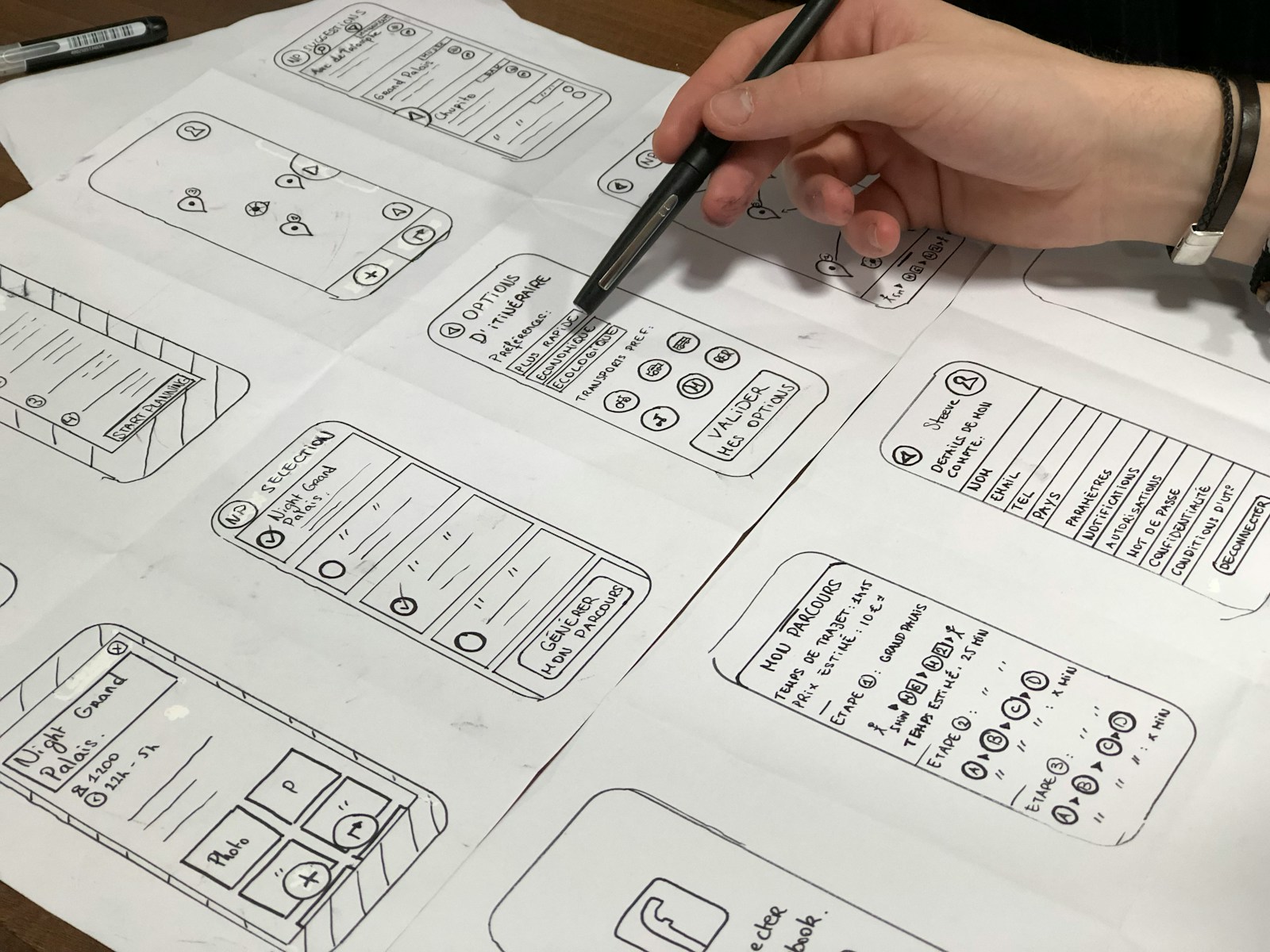Design trends in UI/UX are continually evolving, and two of the most prominent styles in recent years are flat design and material design. Both approaches have distinct philosophies and visual aesthetics, making them suitable for different types of projects. This article will compare flat design vs. material design in UI/UX, helping you understand their differences and determine which is best suited for your needs.
Understanding Flat Design
Flat design emerged as a response to the skeuomorphic design trend, which emphasized realism and intricate details. In contrast, flat design focuses on simplicity and minimalism, eliminating any three-dimensional elements or textures.
Key Characteristics of Flat Design:
- Simplicity:
- Flat design emphasizes clean, open spaces with minimalistic elements. This simplicity helps users focus on the content without distractions.
- Bold Colors:
- The use of vibrant and contrasting colors is a hallmark of flat design. These colors help in creating a visually appealing and engaging interface.
- Typography:
- Flat design relies heavily on typography to convey information and create a hierarchy. Simple, sans-serif fonts are commonly used to enhance readability.
- Iconography:
- Icons in flat design are straightforward and devoid of any shadows or gradients. They are designed to be easily recognizable and functional.
Pros of Flat Design:
- Faster Load Times:
- The simplicity of flat design often results in faster load times, as there are fewer complex graphics and elements to process.
- Easy Responsiveness:
- Flat design’s minimalistic approach makes it easier to create responsive designs that work well across different devices and screen sizes.
- Clear User Experience:
- The uncluttered interface of flat design can enhance the user experience by making navigation intuitive and straightforward.
Cons of Flat Design:
- Lack of Depth:
- The absence of depth and shadows can make it difficult for users to distinguish between interactive and non-interactive elements.
- Over-Simplicity:
- In some cases, the extreme simplicity of flat design can lead to a lack of visual interest and engagement.
Understanding Material Design
Material design, introduced by Google in 2014, builds upon the principles of flat design but incorporates additional depth and realism. It aims to create a more tactile and interactive user experience by mimicking physical objects’ behavior.
Key Characteristics of Material Design:
- Depth and Shadows:
- Material design uses shadows and depth to create a sense of hierarchy and guide users’ attention. These elements make it easier to distinguish between different layers and interactive components.
- Motion and Animation:
- Smooth transitions and animations are integral to material design. These elements help provide feedback and make the user experience more engaging.
- Grid-Based Layouts:
- Material design relies on grid-based layouts to ensure consistency and alignment. This structure helps create a clean and organized interface.
- Bold Colors and Typography:
- Similar to flat design, material design uses bold colors and clear typography. However, it combines these with depth and motion to enhance the visual experience.
Pros of Material Design:
- Enhanced Usability:
- The use of depth, shadows, and motion helps users understand the interface better, improving usability and navigation.
- Consistency:
- Material design provides a set of guidelines and components that ensure consistency across different platforms and devices.
- Rich Interactivity:
- The incorporation of animations and transitions makes the user experience more dynamic and engaging.
Cons of Material Design:
- Complex Implementation:
- Implementing material design can be more complex and time-consuming due to its detailed guidelines and elements.
- Potential for Slower Load Times:
- The additional graphics, animations, and depth elements can result in slower load times if not optimized properly.
Flat Design vs. Material Design in UI/UX: Making the Choice
When to Choose Flat Design:
- Speed and Performance: If your primary concern is fast load times and performance, flat design is the way to go.
- Minimalistic Projects: For projects that require a clean, simple, and distraction-free interface, flat design is ideal.
- Ease of Development: If you need a design that is easier and quicker to implement, flat design offers a more straightforward approach.
When to Choose Material Design:
- Enhanced User Experience: If you want to create a rich and interactive user experience with clear visual hierarchy, material design is the better choice.
- Consistency Across Platforms: For projects that need a consistent look and feel across different devices and platforms, material design’s guidelines ensure uniformity.
- Visual Engagement: If your project requires a more visually engaging and dynamic interface, material design’s use of depth, shadows, and animations can achieve this.
Conclusion
Both flat design and material design have their strengths and are suited for different purposes in UI/UX. Flat design is perfect for projects that prioritize simplicity, speed, and minimalism, while material design is ideal for those seeking a richer, more interactive, and visually engaging experience. By understanding the key differences and benefits of each approach, you can make an informed decision that aligns with your project’s goals and enhances your brand’s overall user experience.

